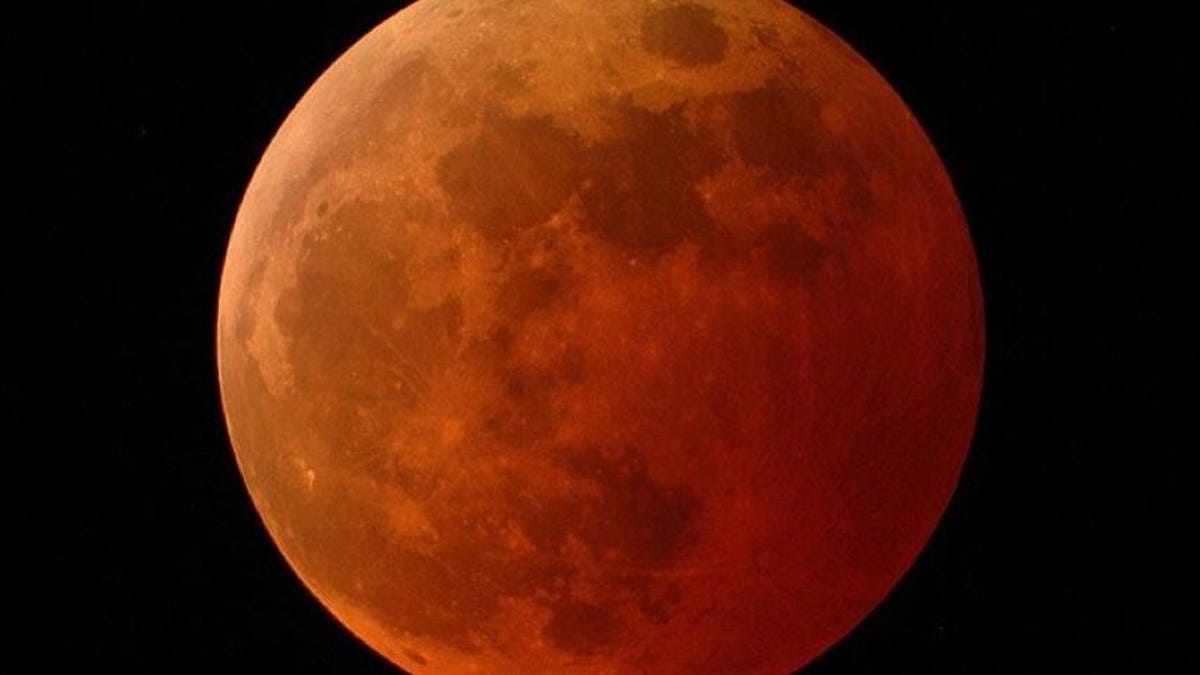Supermoon scenic flight puts total lunar eclipse outside an airplane window
Cosmic cocktails and supermoon cakes are on the menu for Qantas' May 26 journey above the clouds.

Qantas passengers will get to see a super flower blood moon from the air on May 26.
For most of us, this week's total lunar eclipse means stepping outside at the right time, or tuning in to a livestream. Some lucky flyers in Australia, however, will get on board a Qantas plane, soar above the clouds and witness the supermoon and eclipse double-feature from the air.
The moon viewing is the entire destination for the 2.5-hour B787 Dreamliner "Supermoon Scenic Flight," which takes off from Sydney. In a statement, Qantas noted the 787 "has the largest windows of any passenger aircraft," which makes it ideal for moongazing.
Astronomer Vanessa Moss of Australia's Commonwealth Scientific and Industrial Research Organisation, or CSIRO, is helping to design the flight path and will be on board the plane to provide commentary.
The plane will be able to climb above any cloud cover, giving passengers an uninterrupted look at the super flower blood moon eclipse in the night sky. (Here's why it has that complicated name.)
Before you get too excited, the bad news is the trip is already sold out. Moon fans snapped up just over 100 seats at prices ranging from AU$499 to AU$1,499. That works out to about $1,165 or £825 on the top end.
Qantas is promising cosmic cocktails and supermoon cakes on board. Since the flight isn't going anywhere but up and back, there's no checked baggage service.
No ticket? No problem. Even if you're stuck with your feet on Earth during the eclipse, you can still enjoy the celestial show from anywhere in the world. Here's how.
Follow CNET's 2021 Space Calendar to stay up to date with all the latest space news this year. You can even add it to your own Google Calendar.

